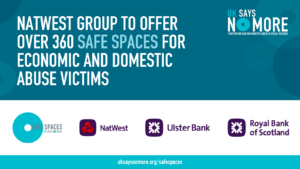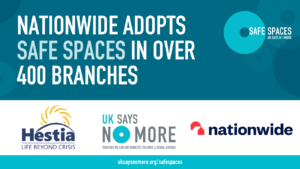Controlling and coercive behaviour is a pattern of behaviour designed to make a person subordinate and / or dependent by humiliating, degrading and isolating them. This often starts very subtle and builds up over time and will often look different in every relationship. It can be difficult to recognise Coercive Control.
The introduction of the criminal offence ‘Controlling or Coercive Behaviour’, (The Serious Crime Act 2015) on the 29th December 2015, has meant that behaviours associated with coercion and control, the pattern of these behaviours and the impact that this behaviour has on a victim is now considered a criminal offence.
Types of behaviour associated with coercion and/or control:
- Making rules that the person must follow, otherwise there will be a punishment or a consequence
- Taking control of parts of their life, such as who they can see and where they can go
- Gaslighting – a very effective tactic to create an environment of confusion, making the individual question their own perception of reality and their sanity.
- Threats to hurt the victim/survivor, themselves or others (including pets)
- Depriving them of their basic needs such as food or medication
- Isolating a person from their friends, family, professionals and the wider community
- Threatening to leave
- Telling the victim/survivor that they aren’t very good at looking after the children or threaten to report them to children’s services.
- Taking control over aspects of their everyday life, such as where they can go, who they can see, what to wear and when they can sleep
- Acting in a way to make other people think badly of the victim/survivor
- Acting differently around the victim/survivor compared to family, friends, professionals, colleagues etc.
- Depriving them of access to support services, such as specialist support or medical services
- Repeatedly putting them down such as telling them they are worthless
- Enforcing rules and activity which humiliate, degrade or dehumanise them
- Forcing them to take part in criminal activity such as shoplifting, neglect or abuse of children to encourage self-blame and prevent disclosure to authorities Financial abuse including control of finances, such as only allowing a person a punitive allowance
- Threats to reveal or publish private information (e.g. threatening to ‘out’ someone)
- Criminal damage (such as destruction of household goods).
Read UK SAYS NO MORE’s contributor, Simran Dhillon break it down in a guest blog.


